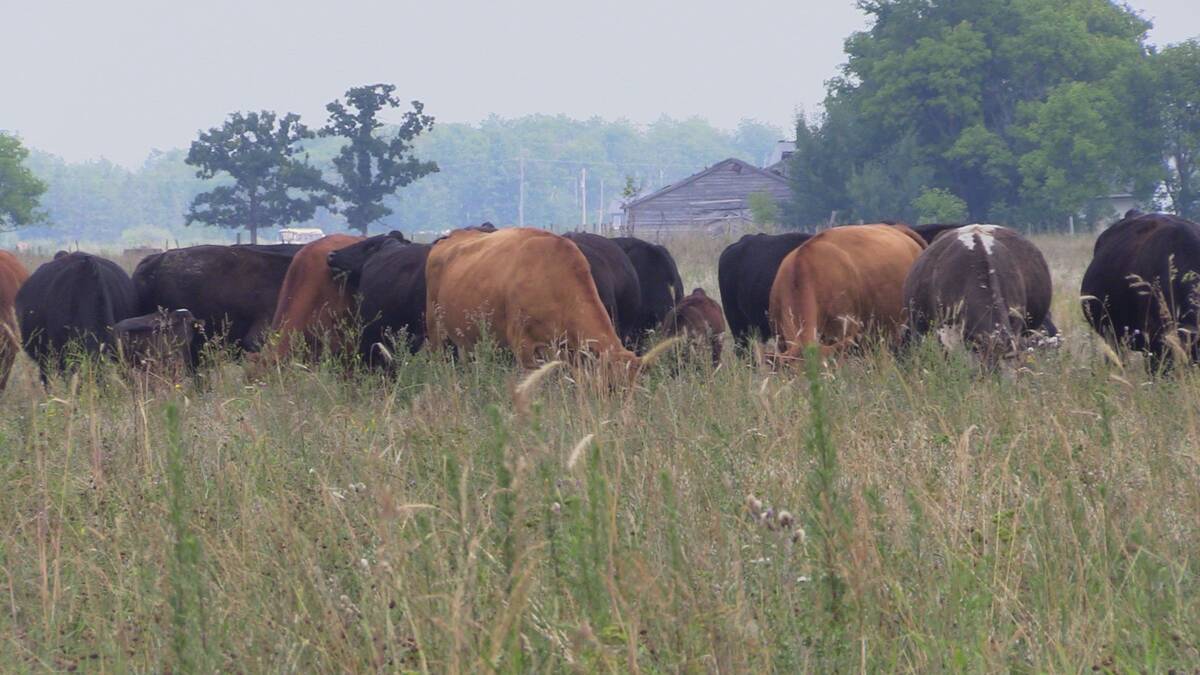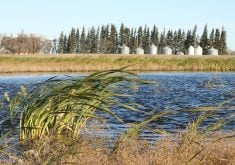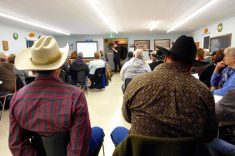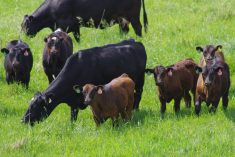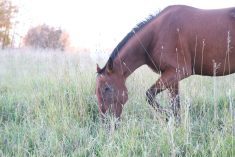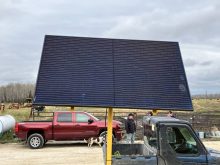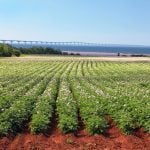In a good year, Scott Duguid’s cattle operation near Arnes in Manitoba’s Interlake gets about eight inches of rain.
But since this past spring, a mere one inch of rain had fallen at his farm in the first half of the summer. About half of that fell only a few days prior to the field tour visiting his farm July 30.
“I know some areas are better off,” said Duguid, “they have about 50 to 70 per cent of normal. We must be at about 10 per cent.”
Read Also

Beekeepers want financial protection against tropi mite
What happens to beekeepers if the deadly tropi mite reaches Canada? Discover why farmers want robust compensation to protect pollination.
August has brought some relief to the region, but not nearly enough to bring things back up to normal. As of Aug. 24, Manitoba Agriculture data puts the nearby community of Arborg as recieving 113 millimetres of rain, about 41 per cent of normal.
Critically dry conditions in parts of Manitoba have sparked government support announcements for Manitoba’s livestock sector this year.
Having so little rain to keep his grasses growing for his 240 cow-calf pairs has meant that Duguid has had to constantly adapt his grazing methods.
His approach is aptly named for the volatility of the weather he’s dealing with: adaptive grazing.
Adaptive grazing allows producers to adjust practices to their on-farm conditions. It takes into consideration livestock performance, soil building, plant diversity and relies on temporary fencing to control how long cattle graze in a particular area.
“We move fences to match up with a day’s worth of grazing. For instance we have a long weekend coming up where we’ll be away, so we give them a larger chunk,” said Duguid. “Then we’ll go back to providing small areas and trying to put our cover down and work with what we have.”
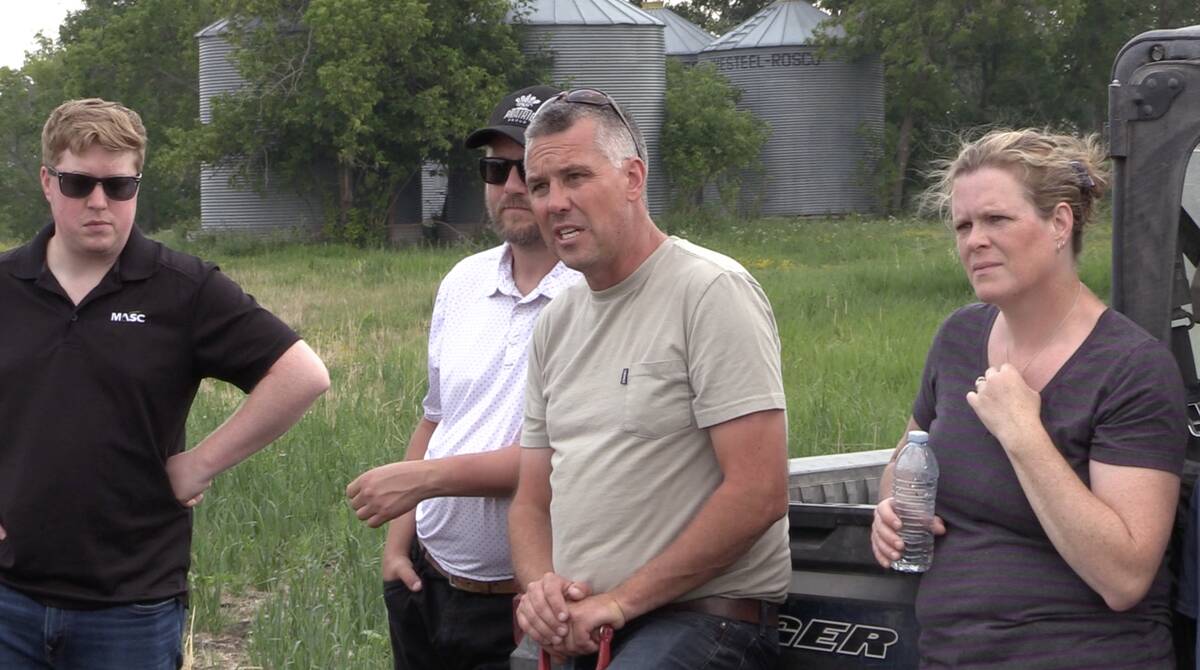
Even though his pastures are showing signs of stress, Duguid feels his grazing approach is what’s allowing his cattle to still have some measure of grasses to feed on.
“I have more green material than lots of other pastures (in the area),” adds Duguid, “and that is all (linked) to what I’ve done in the past number of years.”
Duguid feels he can graze his cattle until November, but crops he had planted for feed earlier in the spring have not fared well. His winter feed supply is a concern.
“Our average of our first crop was 2,000 pounds dry matter an acre, and we’re normally used to six (thousand) to 8,000 pounds, plus a second crop, even a third crop,” said Duguid. “This year, the second crop is non-existent, so we’ll be changing our winter feed system into a little bit more straw based and by-product.”
“There may also be a need to reduce herd.”


